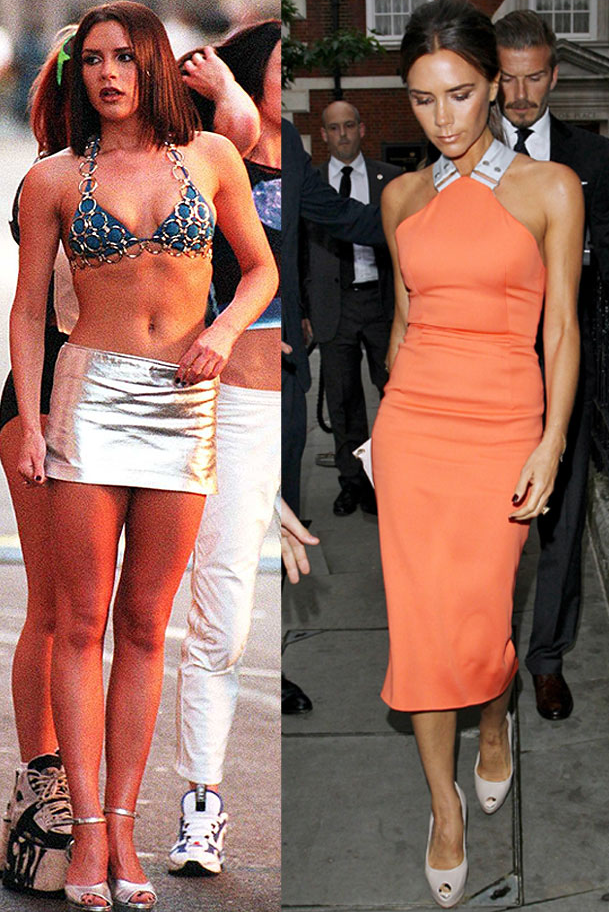Over the years I've written a number of articles about trading indicators.
They have ranged from the commonly used variety - like moving averages, crossovers, the VIX, death crosses, and Bollinger Bands - to the esoteric, including the tallest buildings, Big Money Polls, financial astrology and, more recently, magazine covers.
You'd think the tools market technicians typically use would generate the most interest. But inevitably, it's the more unusual indicators that people are most attracted to.
Why?... I have no idea. I am not a social scientist.
But I can tell you this - having spent tens of thousands of hours computer modeling almost every indicator you can conceive of, the most consistent and best performing indicators are almost always behaviorally-based.
What I mean by that is that there is inevitably an element of human behavior that is either: a) responsible for the indicator itself; or b) contributes significantly to how it functions and why it's relevant.
My grandmother, Mimi, a seasoned successful investor in her own right after being widowed at a young age, used to chalk this up to what she called the "complexity problem" - as in, if it's too complex for me to understand, it's a problem.
She didn't use the term like I do today in a non-linear sense. She simply reasoned that if something was too complex to explain to her, it wasn't worth her time or her money.
Skirt Chasing and the Stock Markets
And that brings me to women's skirts.
Mimi encouraged me to look closely at what women were wearing because it would make me a better husband someday because eventually I would need to buy gifts for my bride (she was old school). She also explained how it would make me a better investor.
According to Mimi, the length of women's skirts reflects both societal conditions and economic potential.
When I questioned her wisdom on this one - as I did with many things she taught me about investing in those days - Mimi noted that the link between women's hem lengths and stock market conditions was established in 1926 by Wharton economist George Taylor.
Long story short...pun absolutely intended...short skirts point to happy-go-lucky times while longer choices reflect more conservative underpinnings that, according to Taylor, existed because women couldn't afford stockings.
Dr. John Casti, Cofounder of the X-Center in Vienna and author of Mood Matters: From Rising Skirt Lengths to the Collapse of World Powers puts it this way, observing "that the rise and fall of great civilizations are biased by the attitudes a society holds to the future."
As a leading proponent of the science of socionomics, Casti observes that when social mood is positive and optimistic, hemlines tend to be shorter. And, that the reverse is true when things are dour or the social mood is uncertain because they reflect the mass psychology.
The "Posh" Spice Indicator
So what are women's hemlines telling us now?
Let's start with Victoria Beckham.
Formerly known as "Posh" Spice," a reference to her former life in the British girl band, the Spice Girls, she used to wear minis so small that they were rumored to cause heart palpitations during the go-go years of the 1990s. I can't say I disagree.
Lately, though, she's been wearing so-called "pencil" dresses with hems that run well below the knee.

Figure 1: The Sun: Aylott-Chapple/Flynet
And she's not alone.
Entertainer Beyonce Knowles, model Miranda Kerr and actresses Hayden Panettiere and Eva Mendes are all rocking the look. Even Angelina Jolie is in on the longer hemline action.
I did some checking with fashionistas in London and New York and learned that this is not just in my imagination. At 33 inches, this year's hemlines are, on average, the longest they've been since the Great Depression.
This suggests some very conservative times ahead.
But how far ahead? That's a different question.
Two scientists from the Erasmus School of Economics, Drs. Marjolien van Baardwijk and Philip Hans Frances took a look at this phenomenon in 2010.
Using data from 1921 to 2009, they determined that hemlines didn't necessarily predict economic performance, but they did find that economics seemed to determine hemlines with about a 3-4 year delay.
At the time, Professors Baardwijk and Franses wrote that "the current economic crisis predicts ankle length skirts around 2011 and 2012" as observed by John Carney of CNBC.
So far we are right on schedule.
Fall and winter 2012 fashion shows in Paris, New York and Milan suggest conservative coverings with belts and slinky fabrics providing the accents aren't going away anytime soon.
If the relationship holds, the emphasis implies we need to be cautious until approximately 2014.
Not coincidentally, that's when a number of other esoteric indicators, including various financial astrology calculations and wave cycle analytics, say we may finally turn the corner again.
Oh...and one more thing.
My wife Noriko, who is a fashion plate in her own right, pointed out that the trend in shorts this summer is quite the opposite. Shorter is definitely better even if it means exposing some backside.
It's no wonder the markets are volatile.
By the way, Dr. Casti's newest book, X-Events: The Collapse of Everything is a fascinating read and I encourage you to pick it up if you're at all interested in socially-based market indicators like I am.
Related Articles and News:
- Money Morning:
What I Wish Ben Bernanke Knew About Japan - Money Morning:
How to Protect Your Portfolio Against One of Wall Street's Greatest, Best Kept Secrets - Money Morning:
Five "Extra" Moves to Make Right Now to Protect Your Financial Future - Money Morning:
The Five Questions You Need to Ask Your Financial Advisor Right Now
About the Author
Keith is a seasoned market analyst and professional trader with more than 37 years of global experience. He is one of very few experts to correctly see both the dot.bomb crisis and the ongoing financial crisis coming ahead of time - and one of even fewer to help millions of investors around the world successfully navigate them both. Forbes hailed him as a "Market Visionary." He is a regular on FOX Business News and Yahoo! Finance, and his observations have been featured in Bloomberg, The Wall Street Journal, WIRED, and MarketWatch. Keith previously led The Money Map Report, Money Map's flagship newsletter, as Chief Investment Strategist, from 20007 to 2020. Keith holds a BS in management and finance from Skidmore College and an MS in international finance (with a focus on Japanese business science) from Chaminade University. He regularly travels the world in search of investment opportunities others don't yet see or understand.



